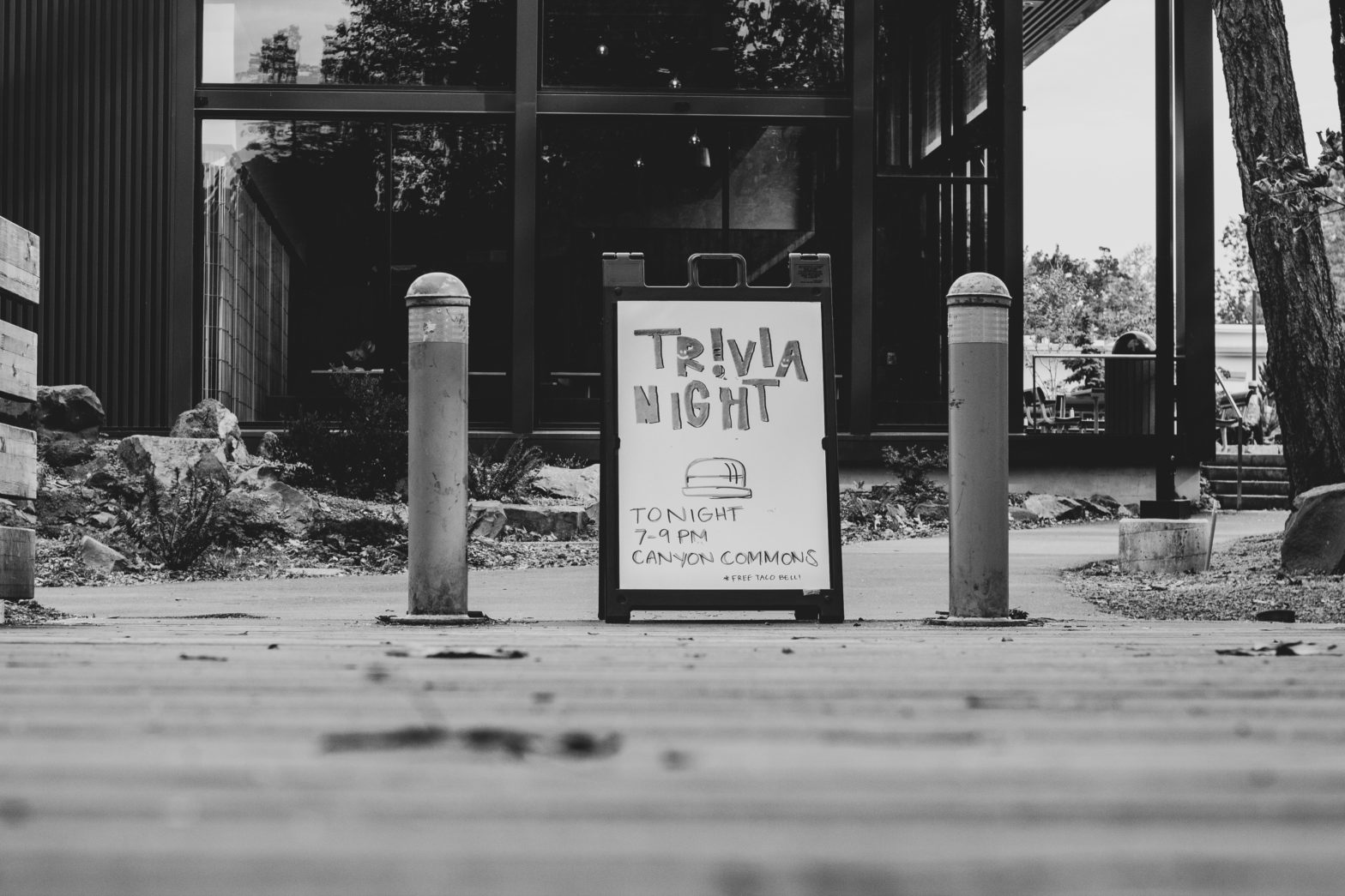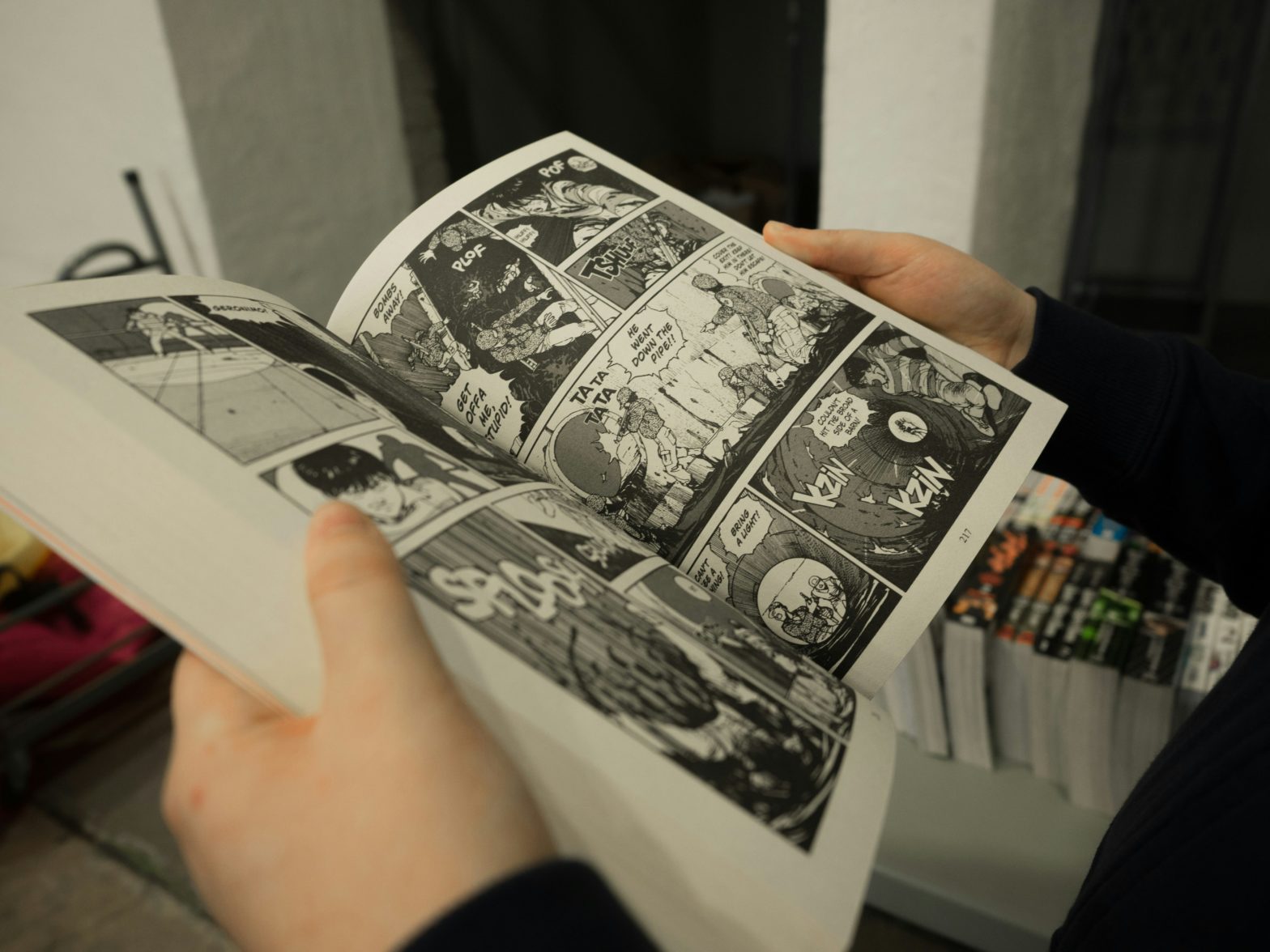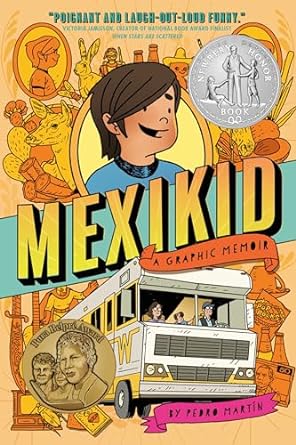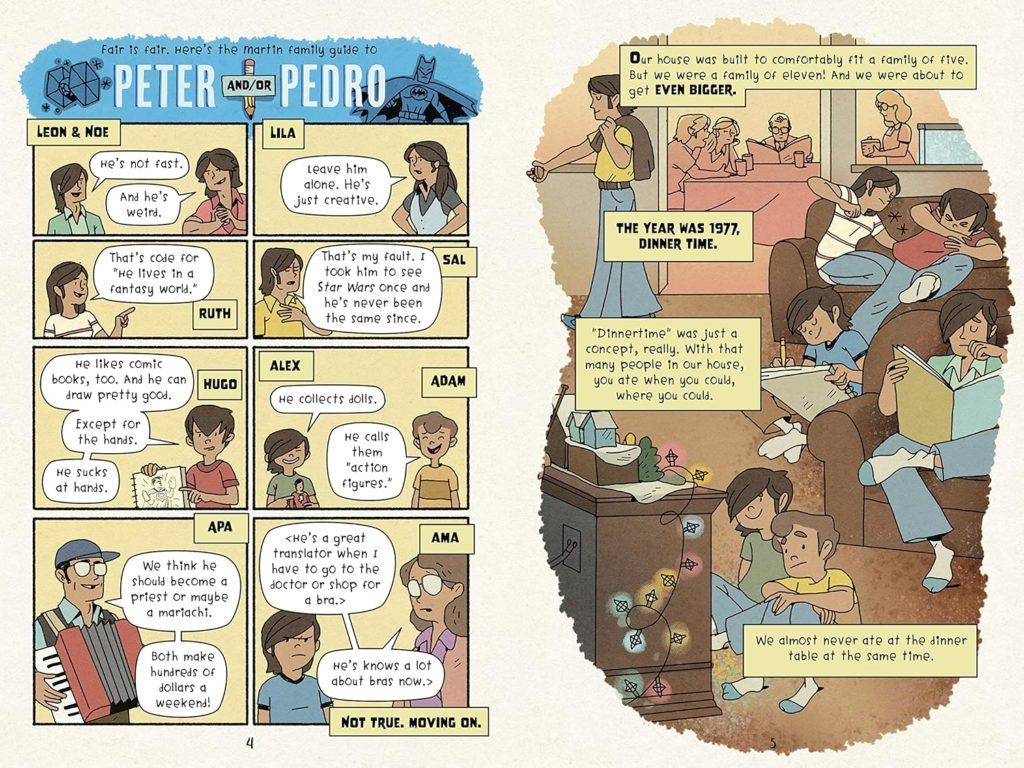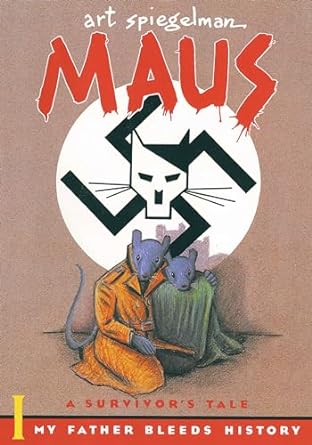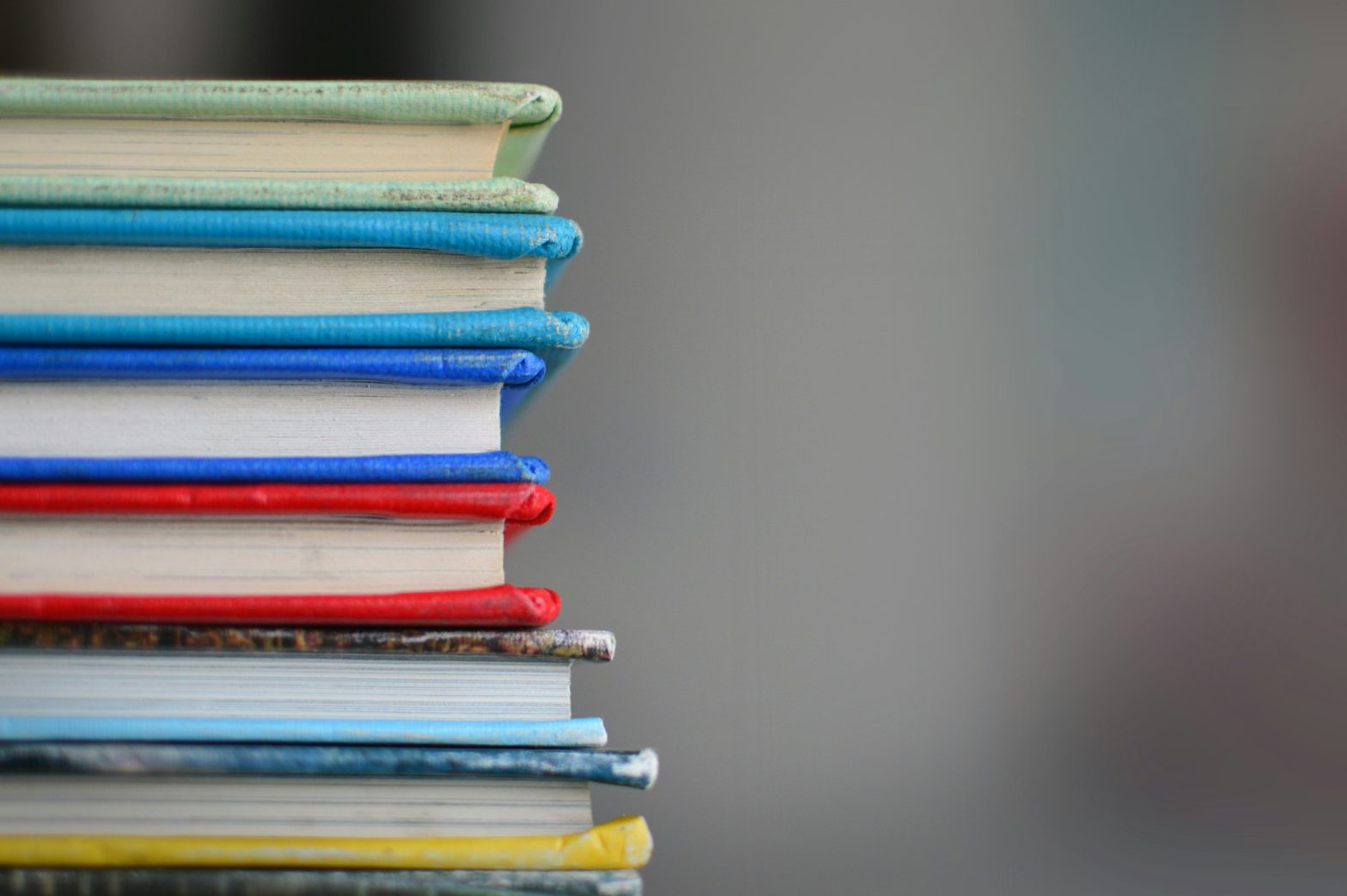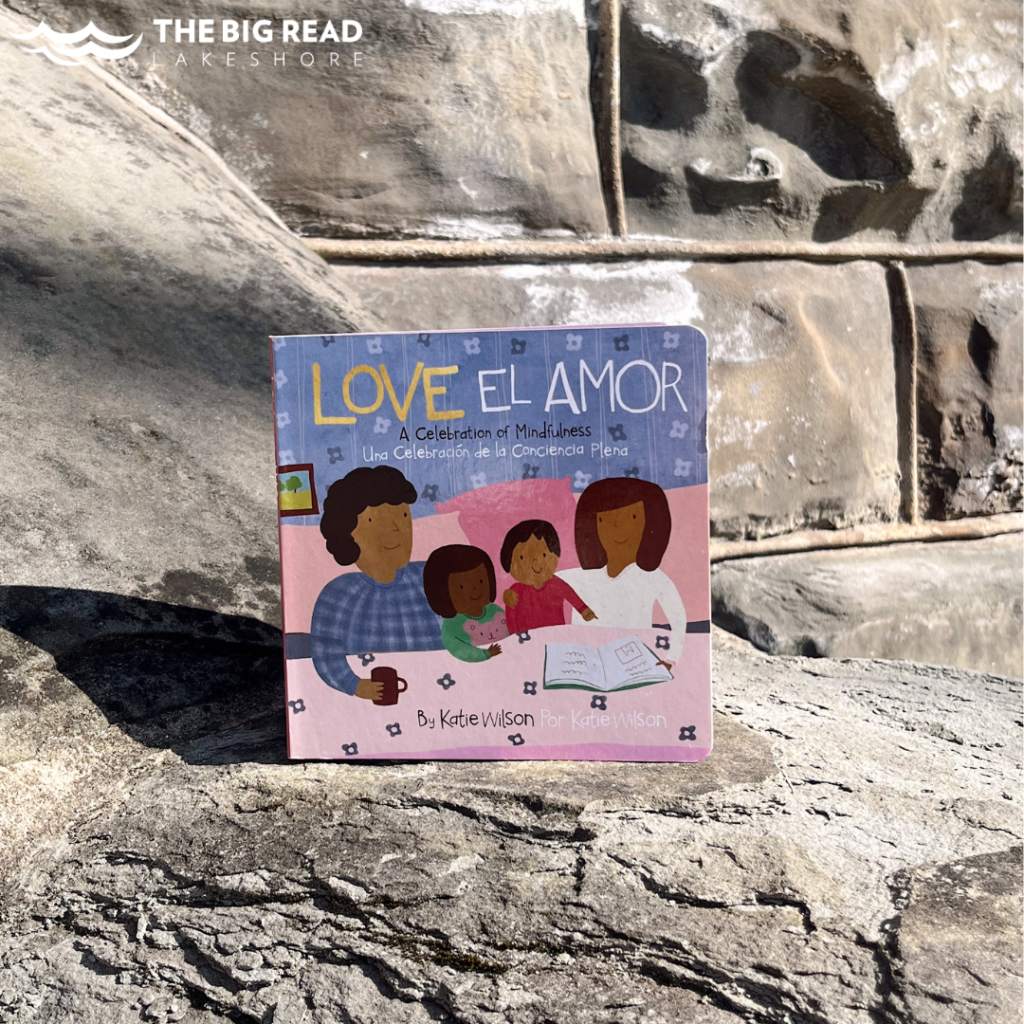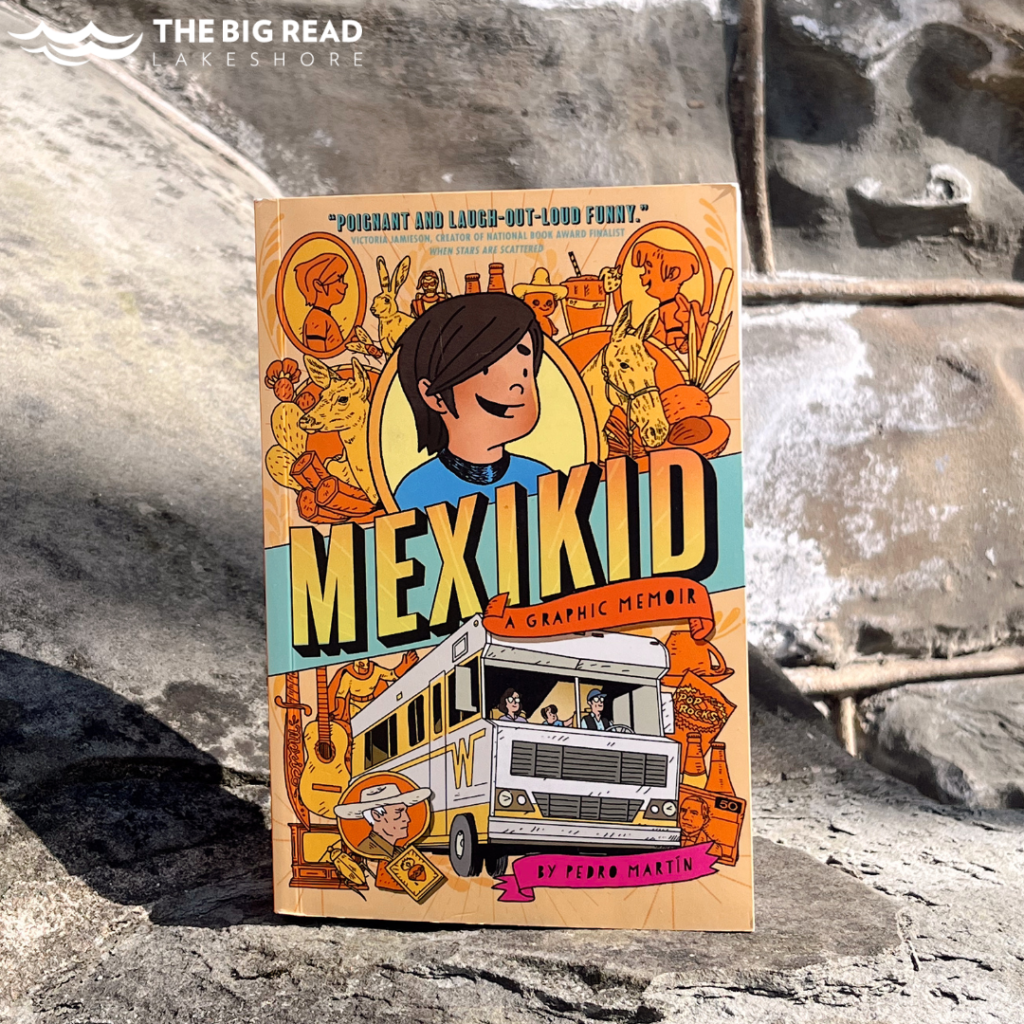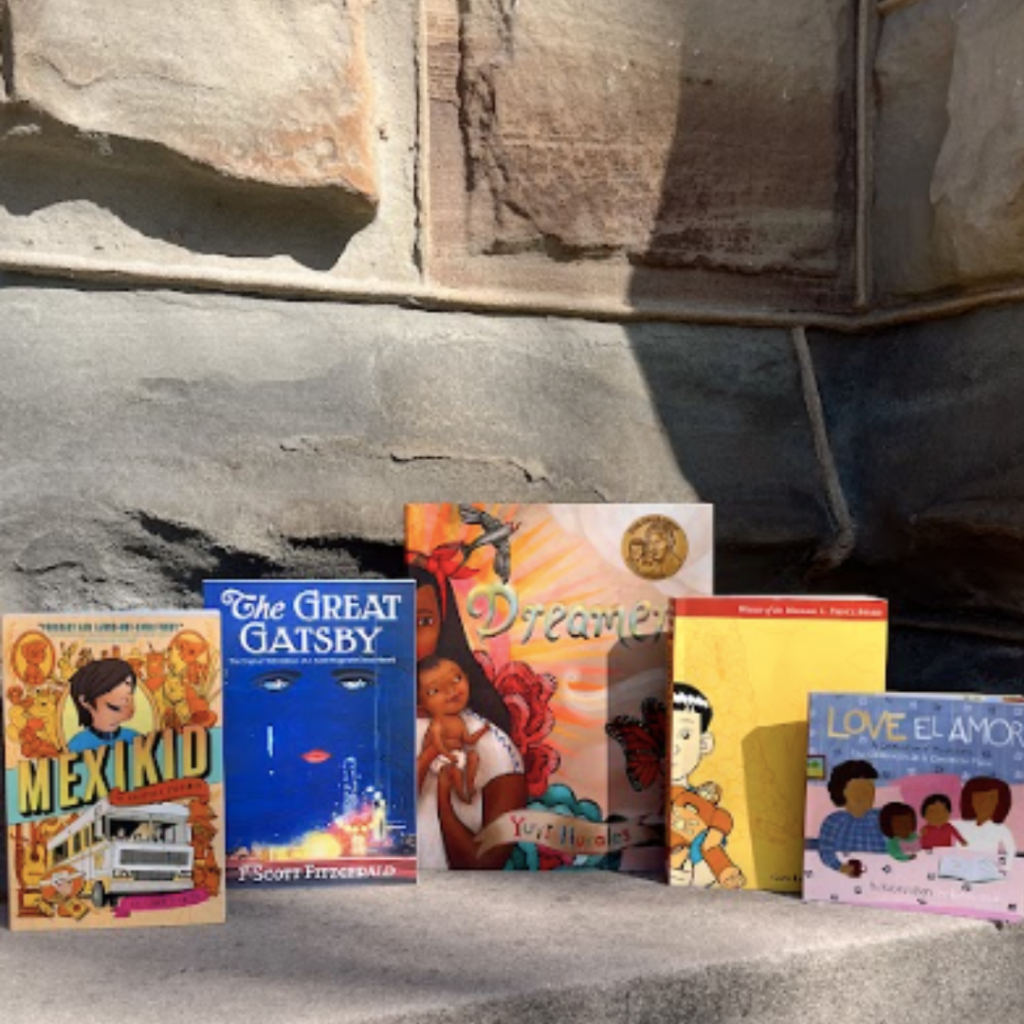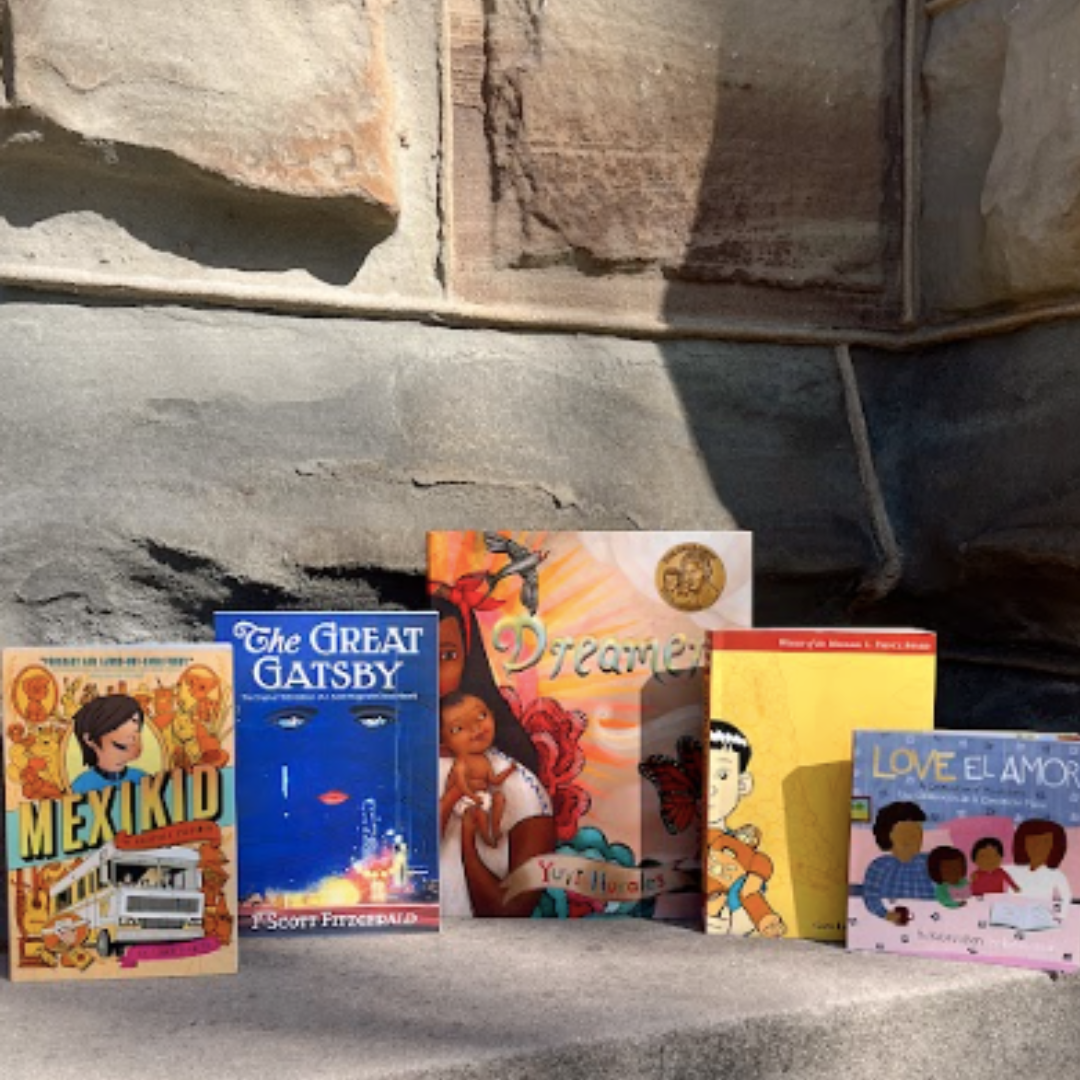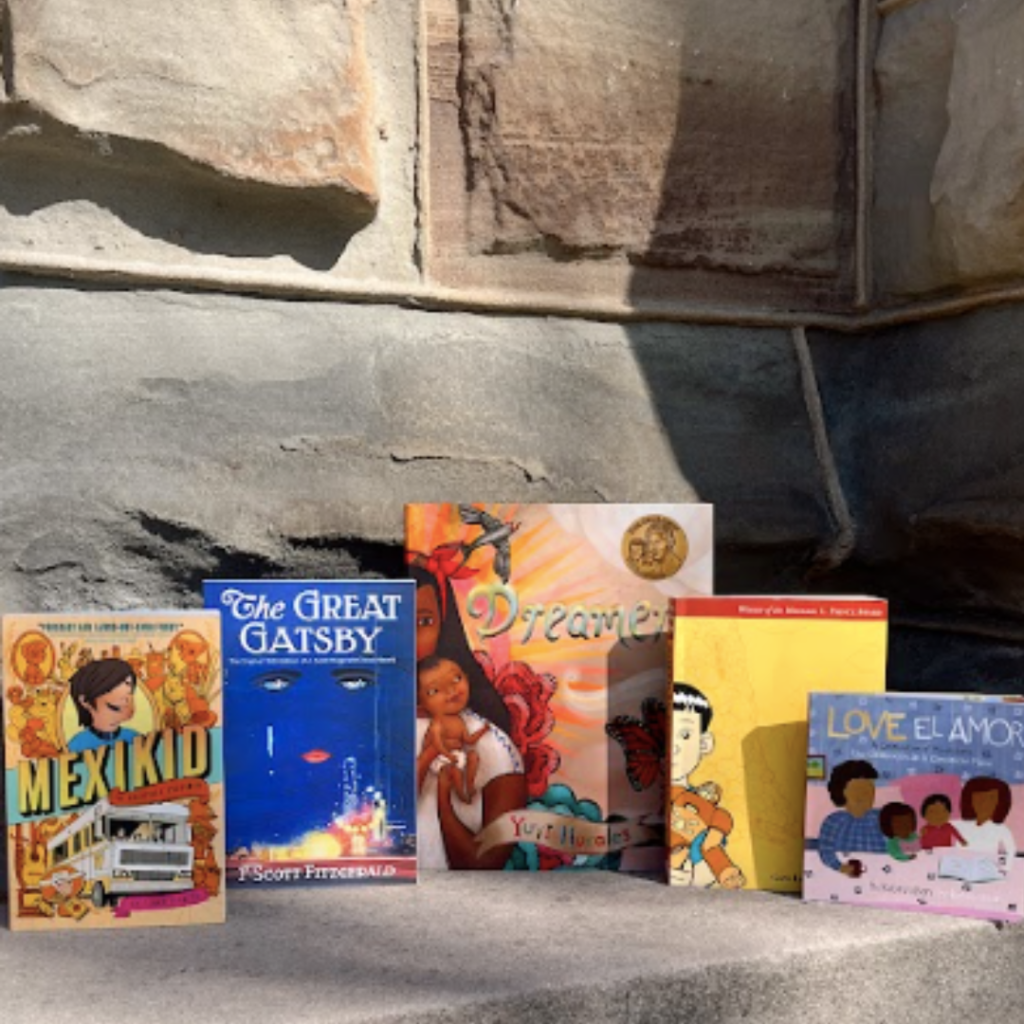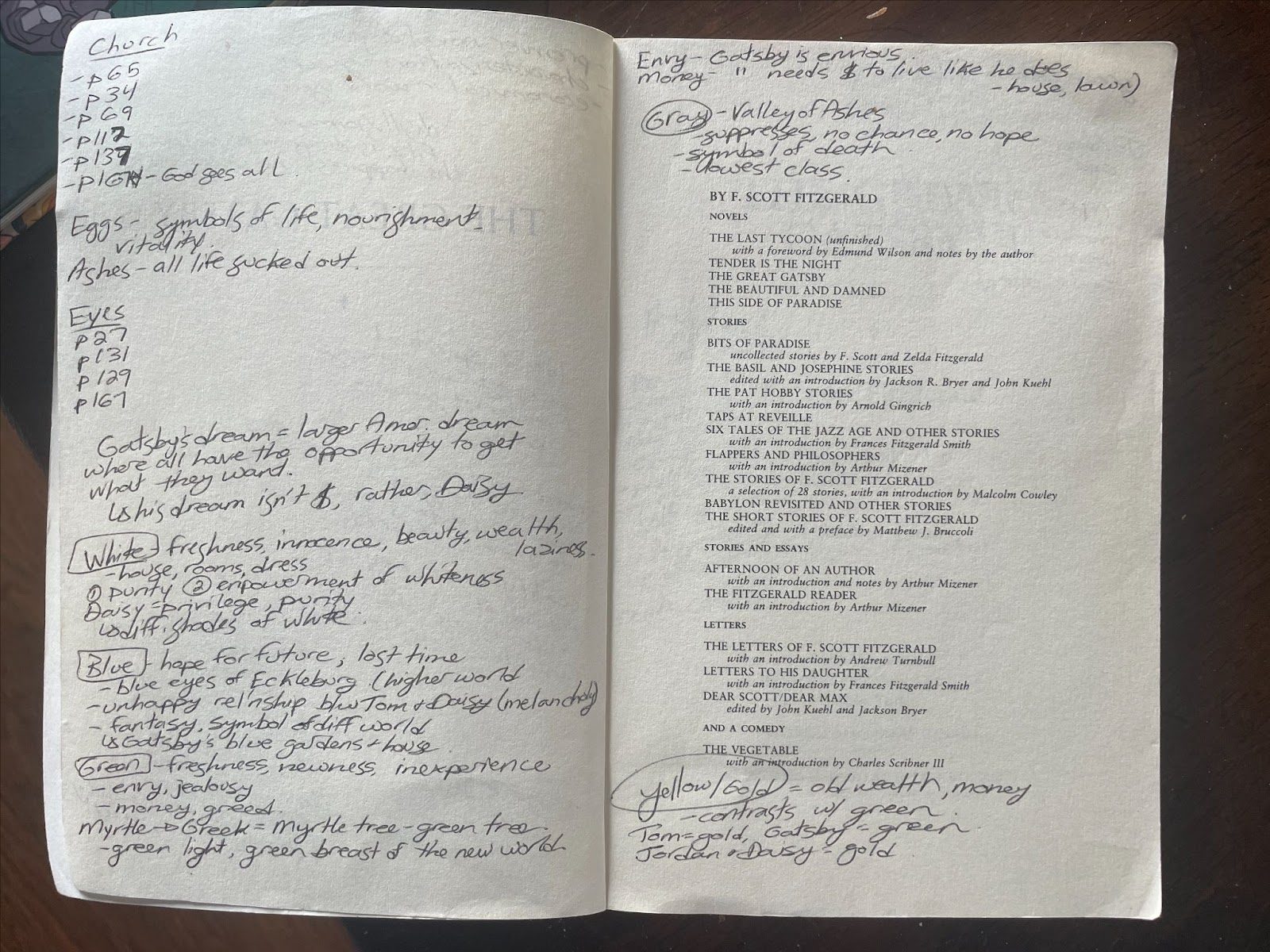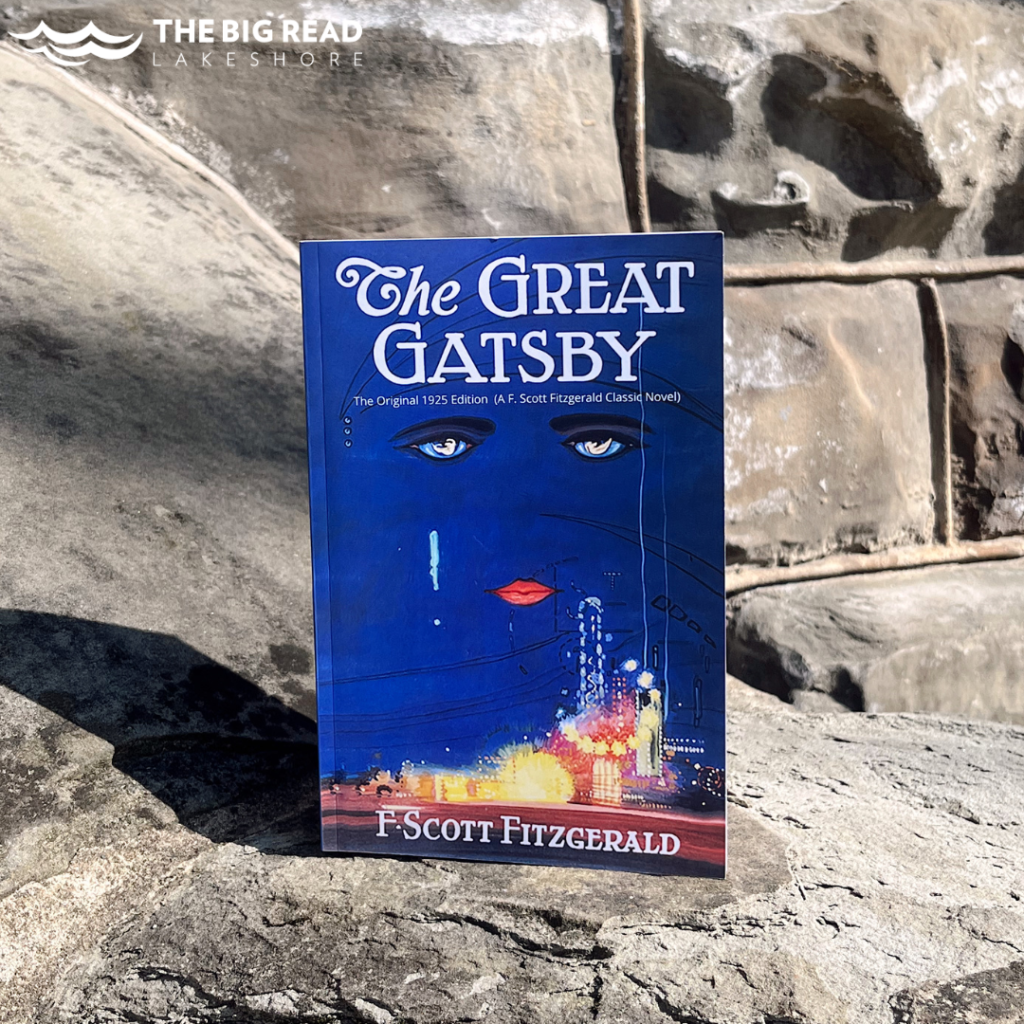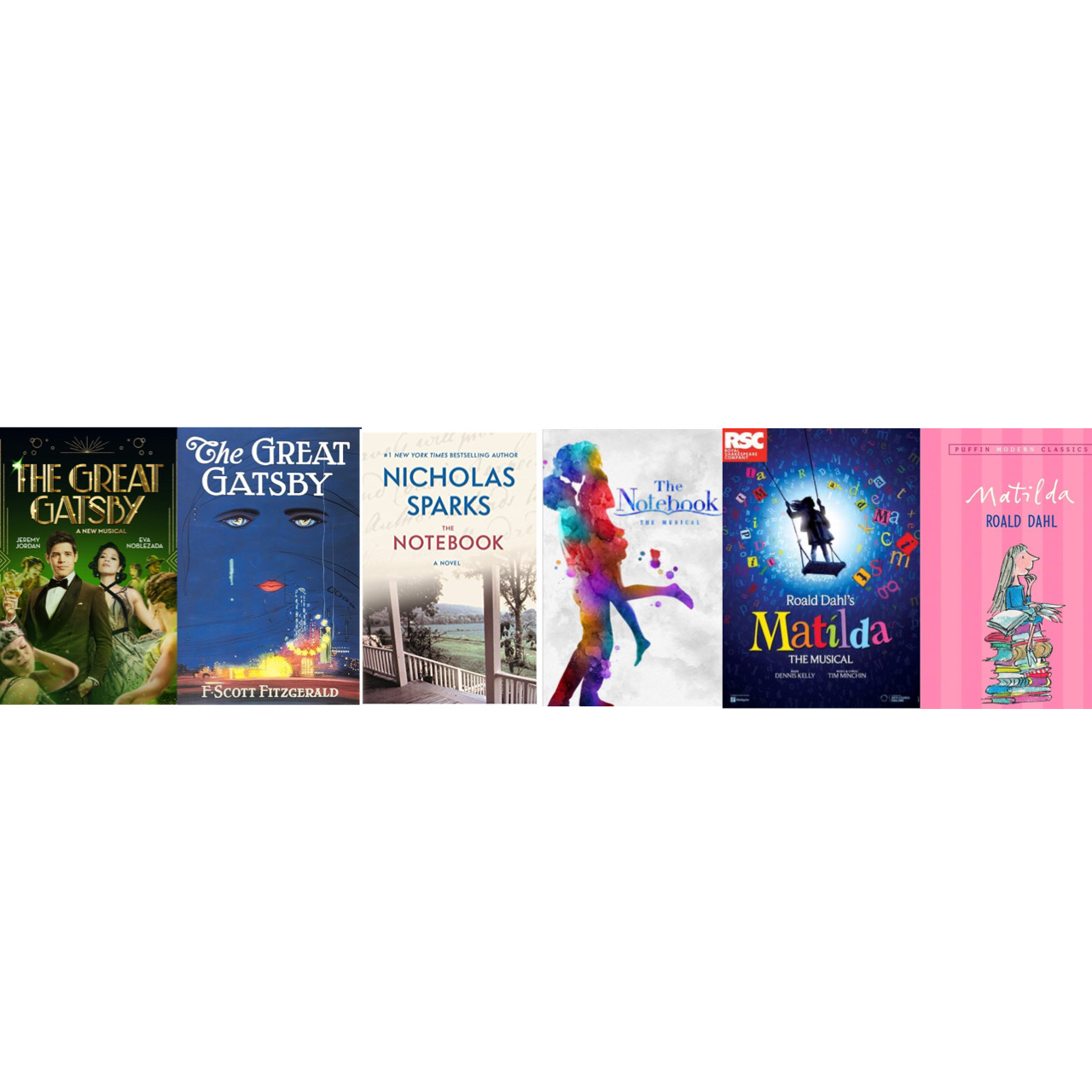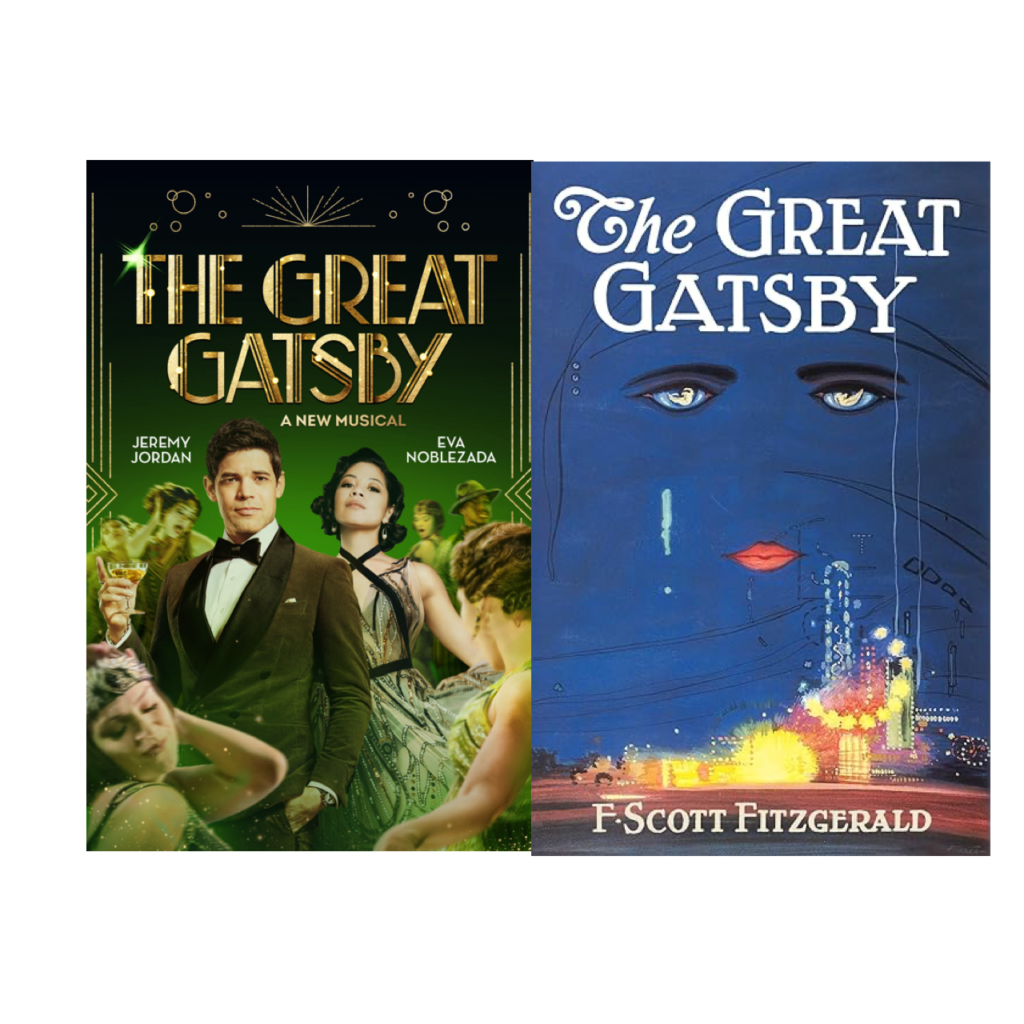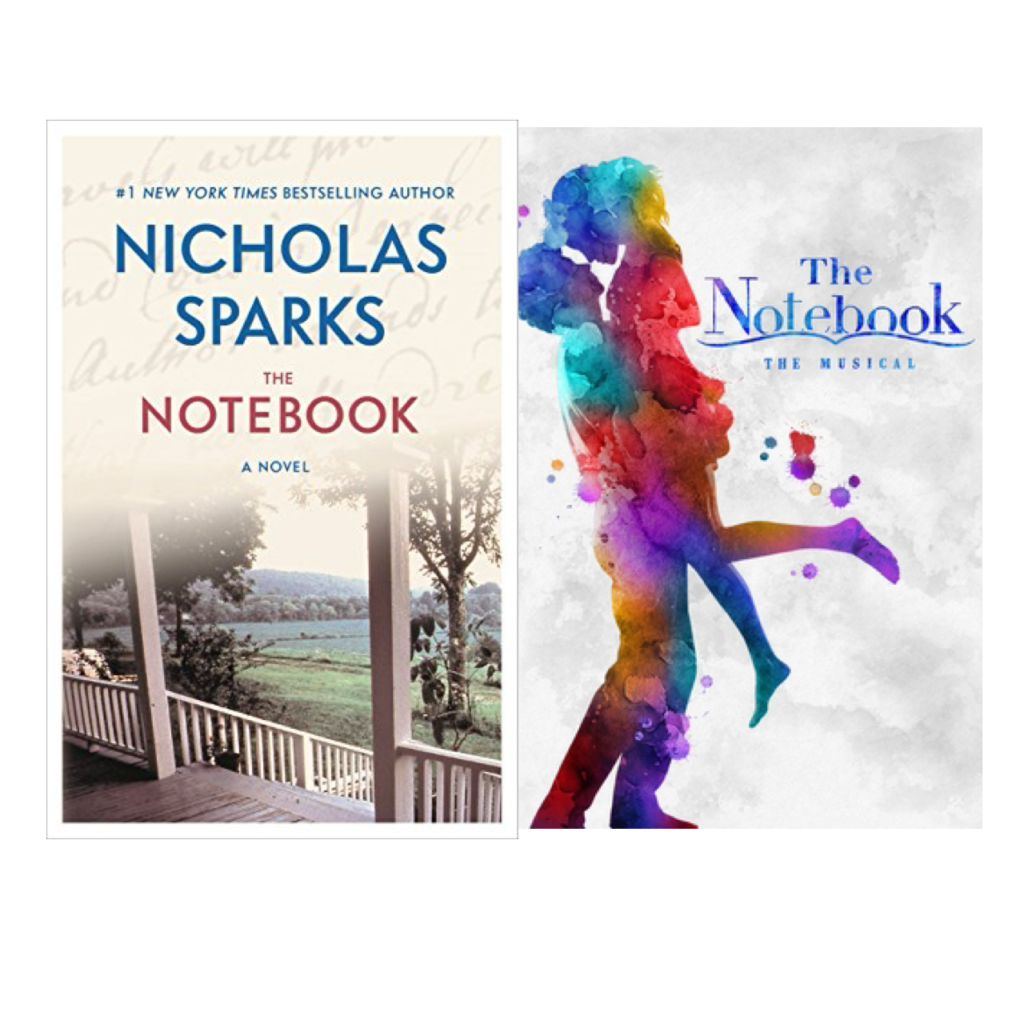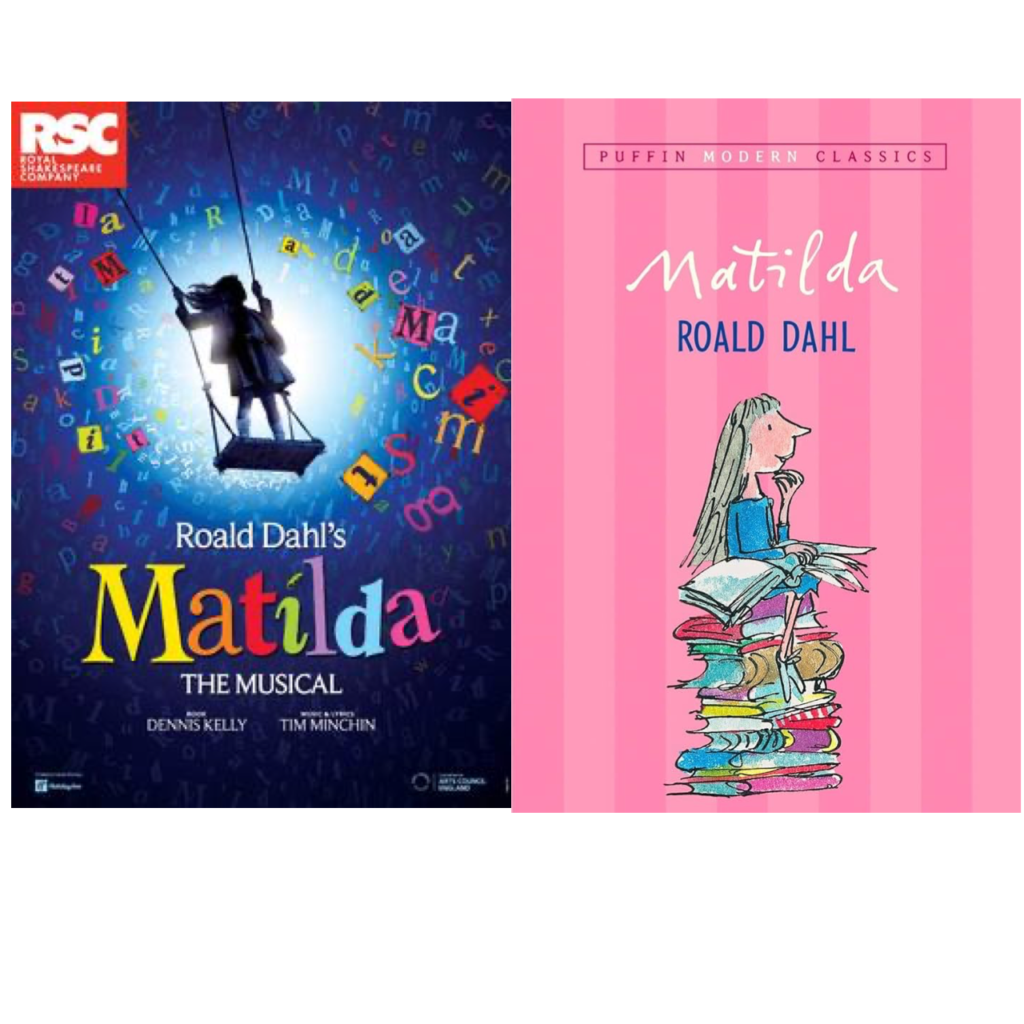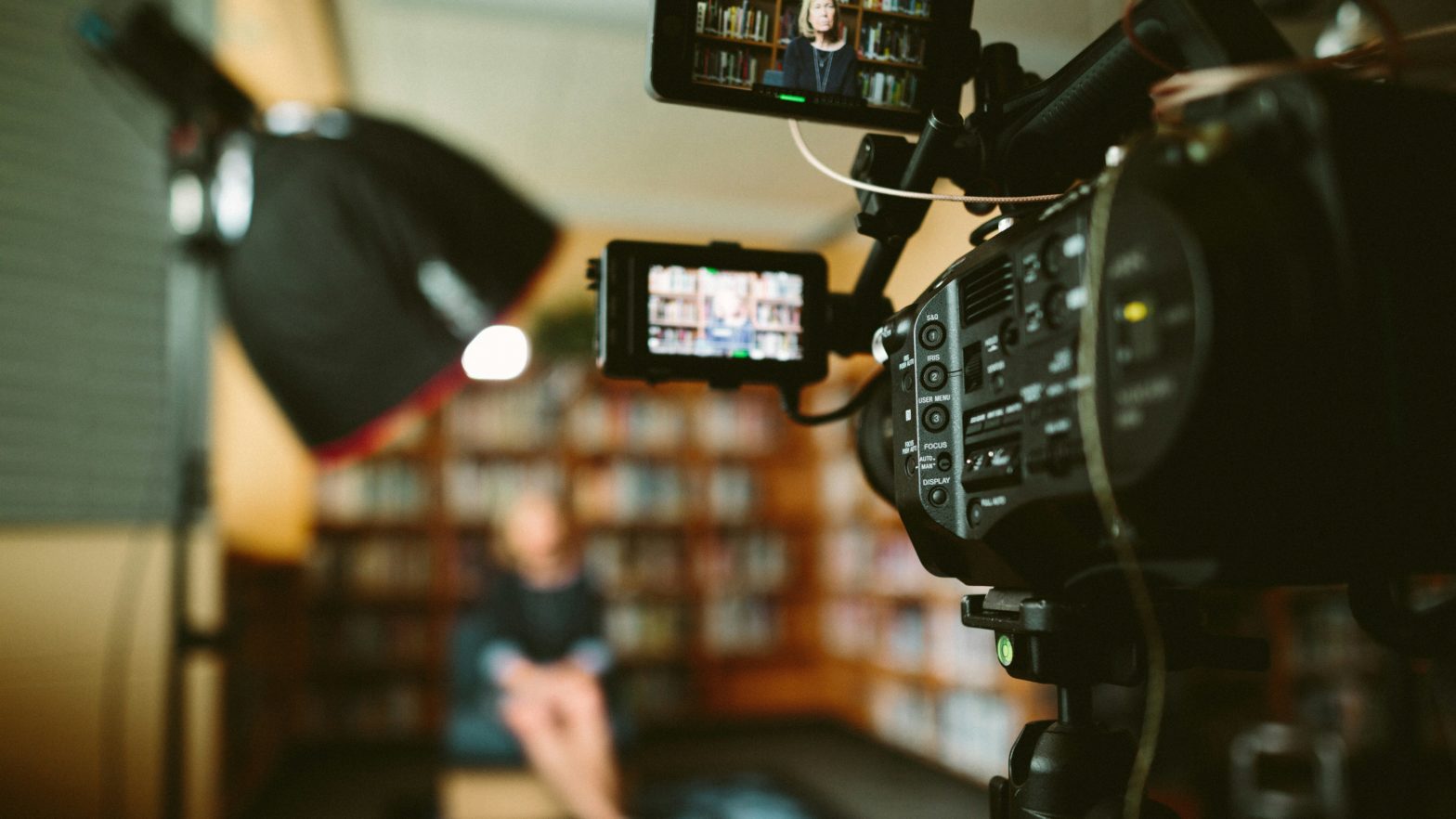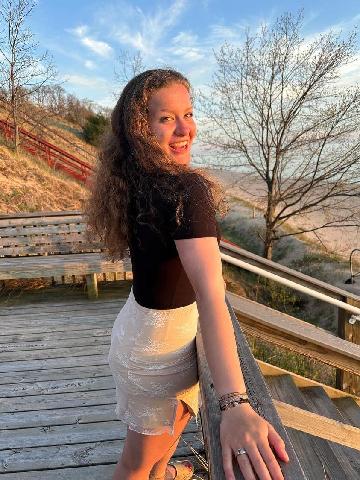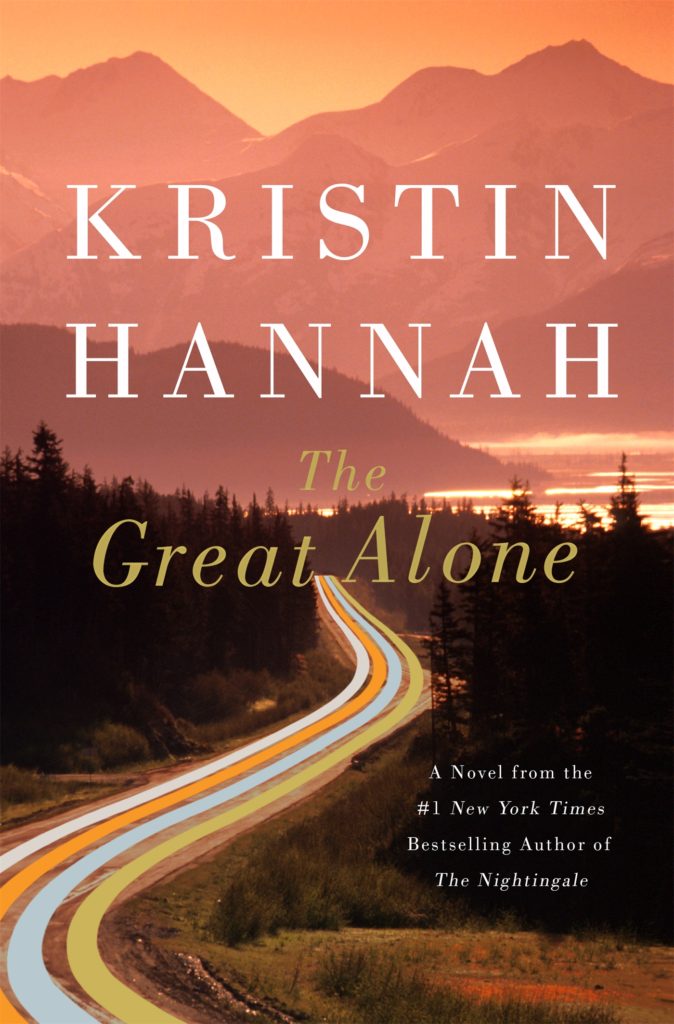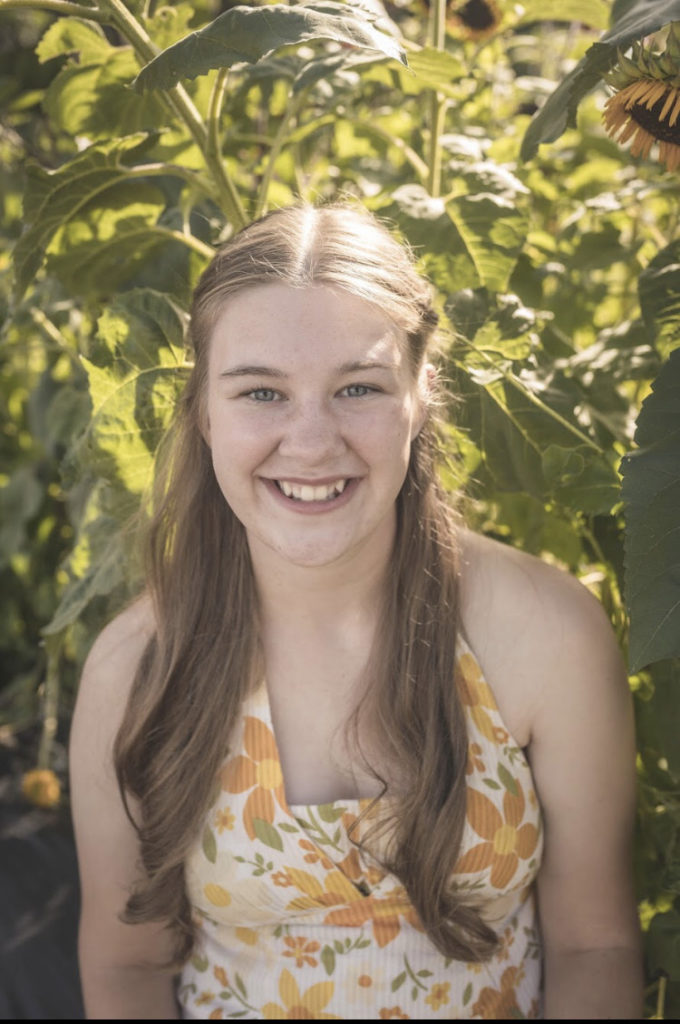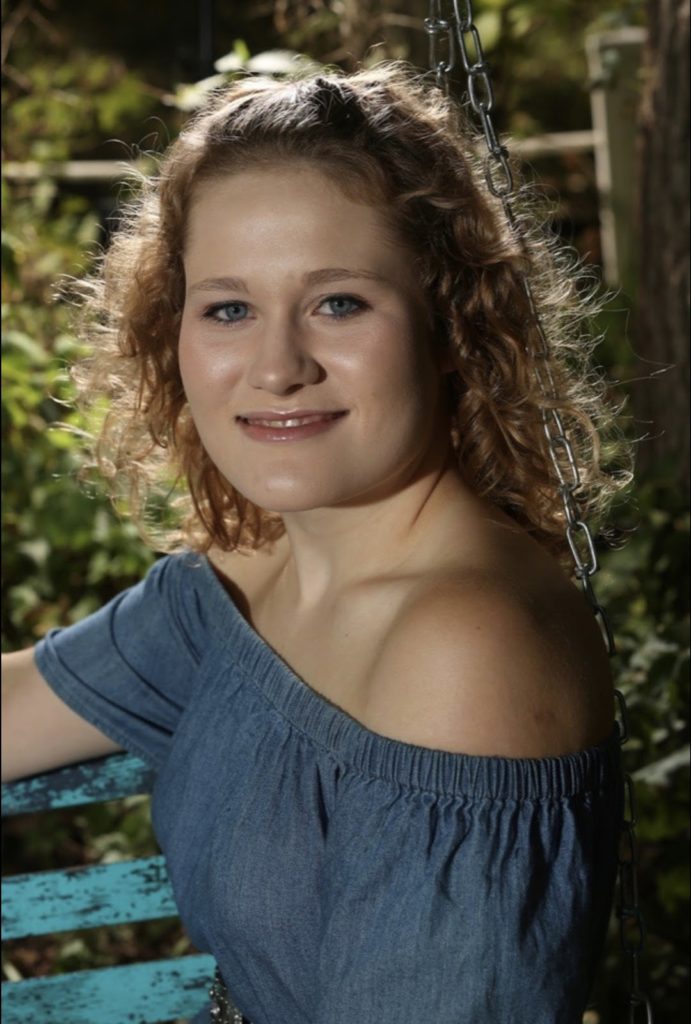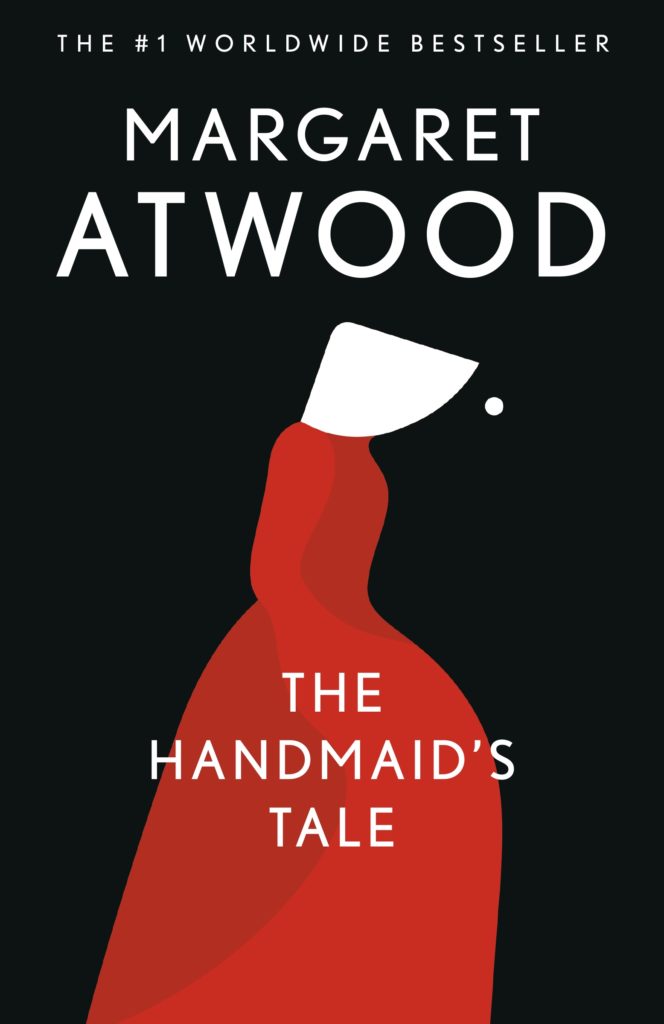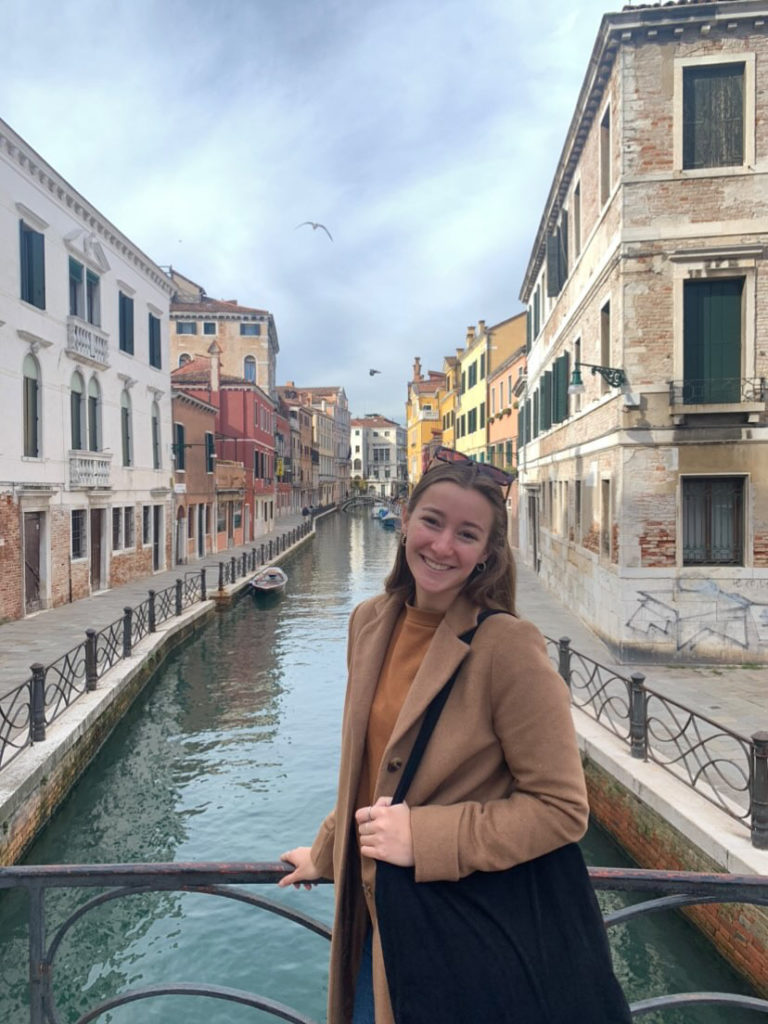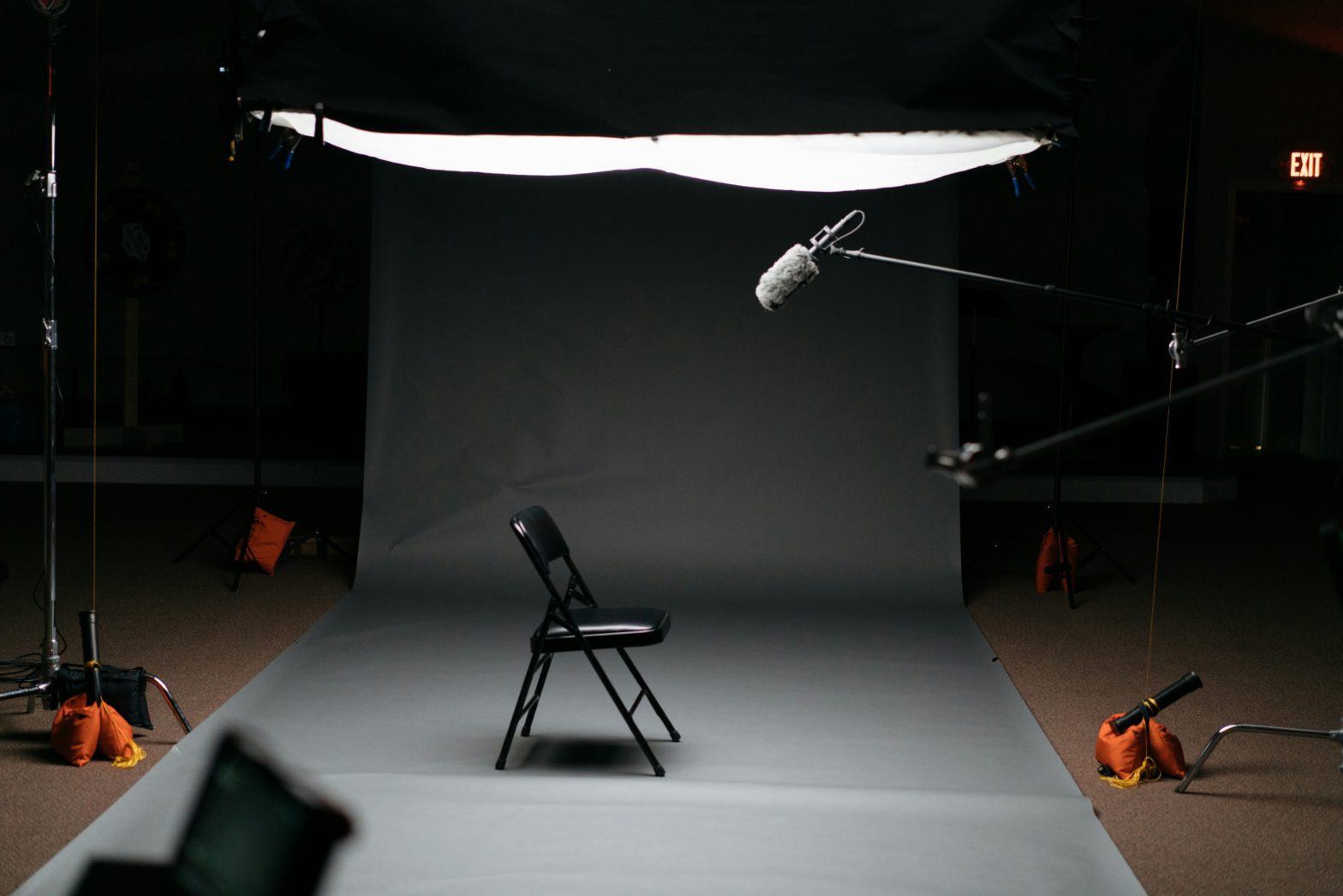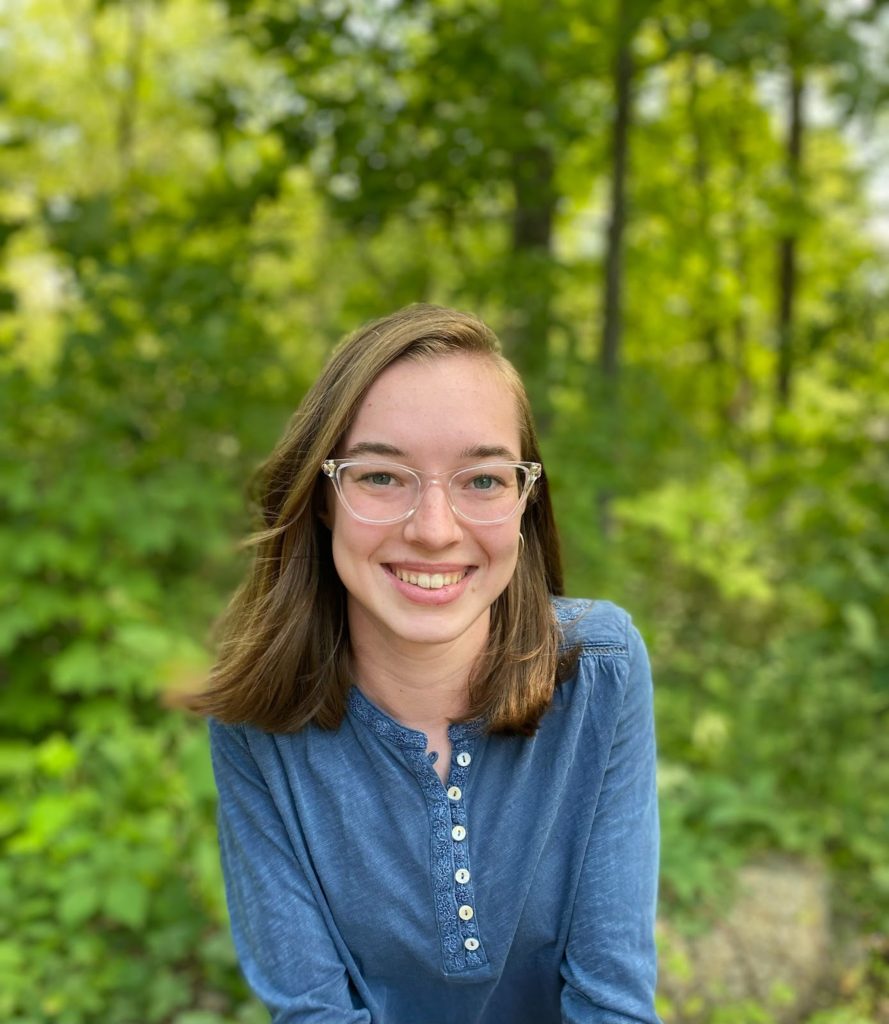The Great Gatsby might be a famous classic, but there are some fun facts surrounding the novel that you probably haven’t heard of before. Take this trivia test below to see how much you really know about The Great Gatsby!
Question 1:
F. Scott Fitzgerald was a bit indecisive on what the novel that later became The Great Gatsby should be named. Which title below was one of his working titles?
A) “Trimalchio in West Egg”
B) “Among the Ash-Heaps and Millionaires”
C) “The High-Bouncing Lover”
D) All of the above
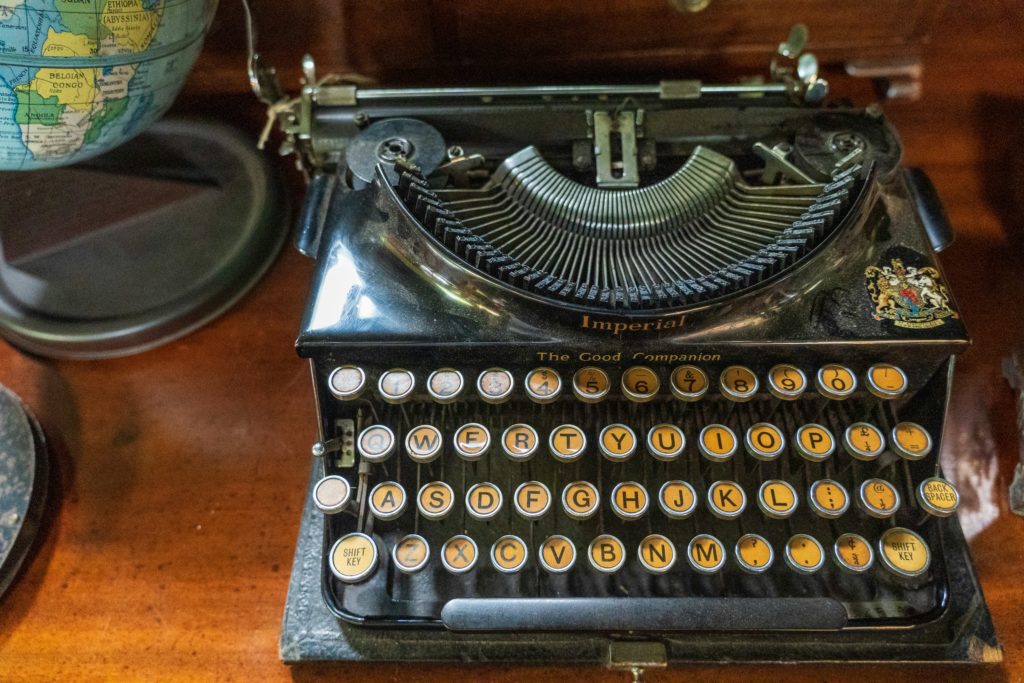
If you chose D, you are correct!
Fitzgerald was certainly creative when it came to his titles. While he eventually settled on The Great Gatsby after it was pushed by his editor Max Perkins, he later regretted making that choice. Trimalchio, mentioned in the first title, was a character in the 1st-century Roman fiction Satyricon by Petronius. Like Gatsby, Trimalchio had a focus on wealth and a higher status in society. This comparison was probably made to highlight Gatsby’s desire to reinvent himself to fit in with the old money groups.
Question 2
How many copies of The Great Gatsby had sold by the time of Fitzgerald’s death in 1940?
A) 10,000
B) 25,000
C) 50,000
D) 75,000
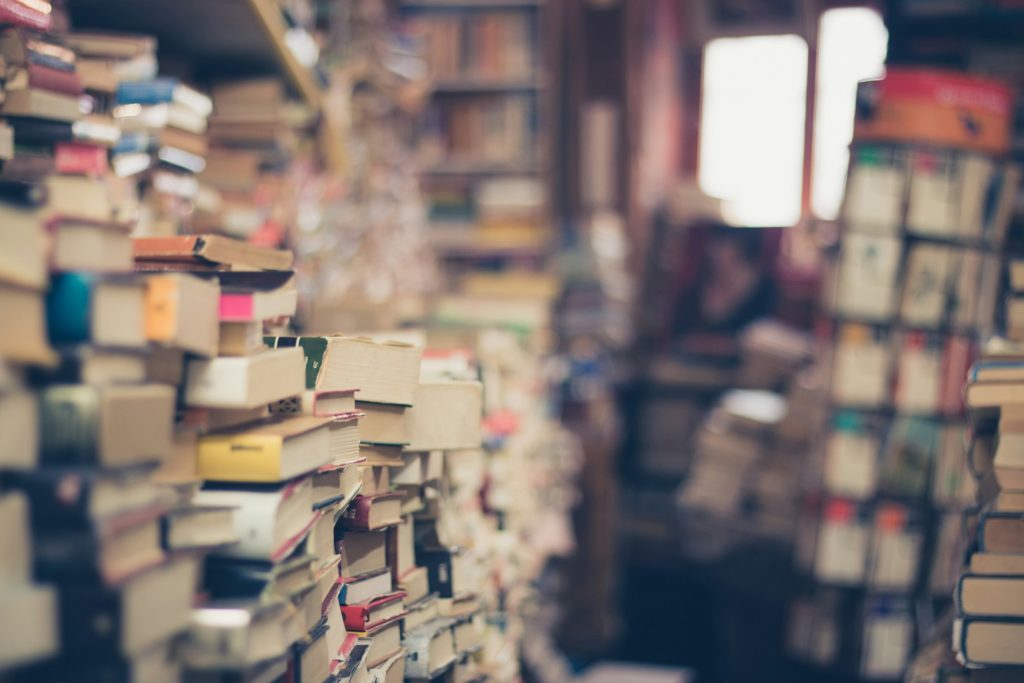
Answer: A) 10,000
Though now a classic, The Great Gatsby was not commercially successful during Fitzgerald’s life, selling fewer than 10,000 copies by the time of his death.
Question 3
If it didn’t sell well when it was first published, then how did it become the famous classic we know now? What was the reason for the novel’s sudden popularity in the 1940s?
A) Fitzgerald’s death
B) World War II
C) A Hollywood movie adaptation
D) Inclusion in the Modern Library series
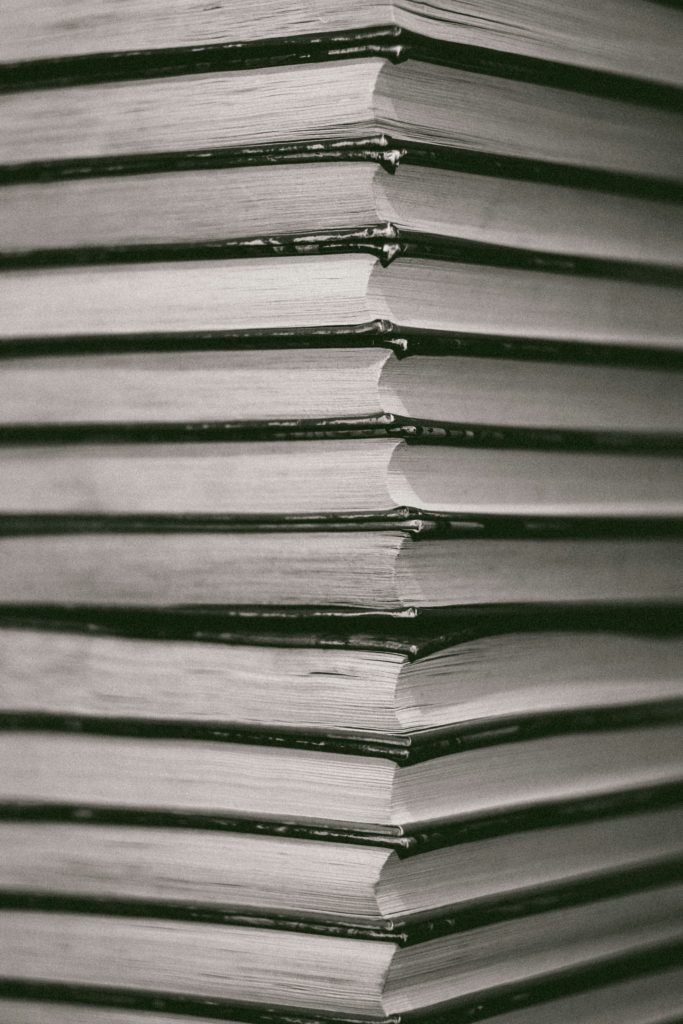
Answer: B) World War II
During World War II, soldiers were given special paperback editions of books known as Armed Services Editions (ASEs). These were lightweight, portable books distributed to U.S. troops to boost morale and provide entertainment during the war. The books were specially formatted to fit into a soldier’s pocket, making them easy to carry.
The Great Gatsby’s themes of disillusionment and the pursuit of the American Dream resonated with soldiers who had experienced the harsh realities of war, contributing significantly to its revival and eventual status as an American classic.
Question 4
Due to its portrayal of drinking, partying, and illicit affairs The Great Gatsby was considered a banned book
A) True
B) False

Answer: True!
While some people might consider it a high school classic, it has been challenged at various points in time for some of the content within.
Question 5
The dedication in the beginning of The Great Gatsby reads “Once Again to Zelda.” What does this mean?
A) Zelda was a place referenced in a book by A.A Milne where people could obtain their deepest desire but had to go back to the real world afterwards without it.
B) Zelda was the name of his wife, and he was dedicating this book to her.
C) Zelda was a character in another one of Fitzgerald’s books whom he wrote about as the example of the perfect woman.
D) Fitzgerald really liked the game “The Legend of Zelda” and wanted to dedicate this book to it.
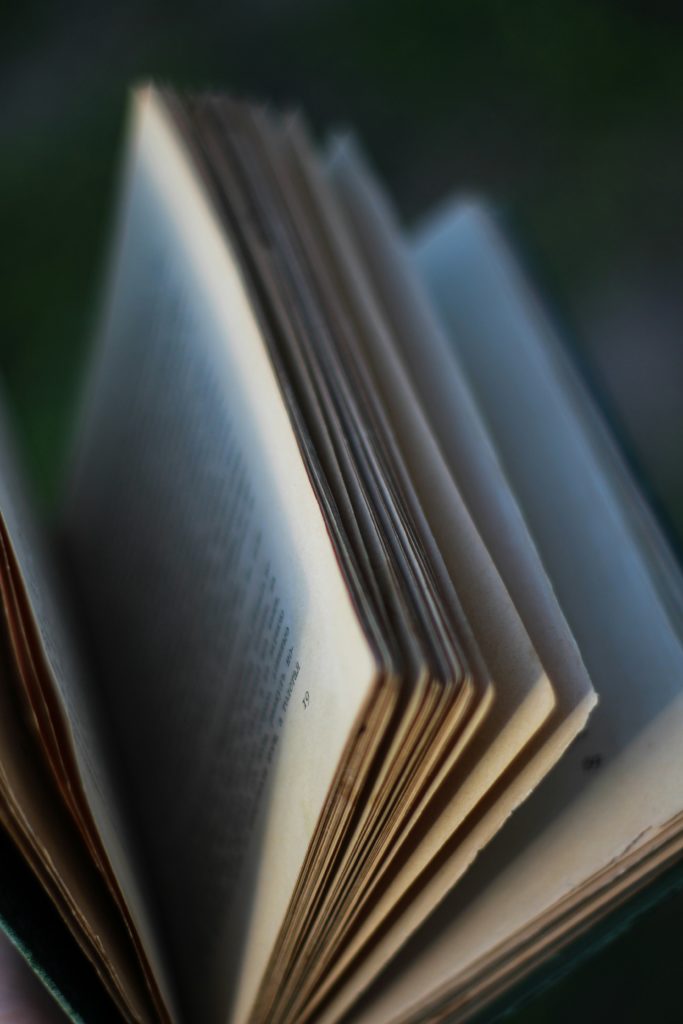
This dedication confused me in high school when I first read Gatsby and my teacher never explained it. The only reference I had to any kind of Zelda was playing the Legend of Zelda on my brother’s gameboy, and I assumed for some reason that those things decades apart were somehow connected. (Spoiler alert: They are not.) Zelda was actually the name of Fitzgerald’s wife whom he dedicated this book to.
Question 6
How did Fitzgerald’s wife, Zelda, feel about The Great Gatsby?
A) She loved it and praised his writing
B) She disliked it, calling it shallow
C) She hadn’t read the book before it was published
D) She was indifferent, as she preferred his earlier works
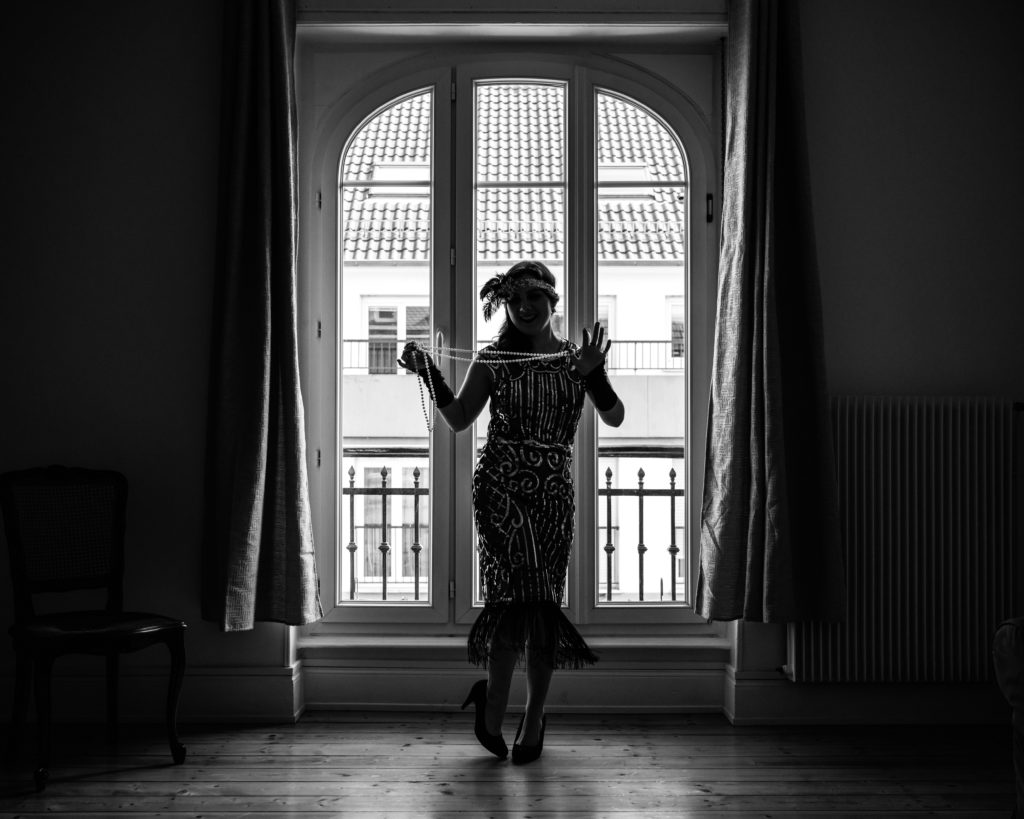
Answer: B) She disliked it, calling it shallow
Zelda was famously critical of the book, expressing disappointment in its themes and characters, especially compared to his earlier works. Fitzgerald also reportedly based parts of Daisy on Zelda, which she didn’t take as a compliment.
Question 7
What incident almost caused the original manuscript of The Great Gatsby to be lost?
A) Fitzgerald was involved in a small shipwreck and many of his possessions were lost
B) Fitzgerald’s wife threw it out during a fight
C) Fitzgerald’s apartment building caught on fire
D) Fitzgerald’s editor misplaced the manuscript on a train

Answer: C) Fitzgerald’s apartment building caught on fire
In 1939, F. Scott Fitzgerald’s apartment in the Grove Street area of New York caught fire. The blaze destroyed many personal belongings, including some manuscripts and papers. While the fire caused significant damage, it fortunately did not destroy the original manuscript of The Great Gatsby. However, other important drafts and notes for his later works, along with personal letters, may have been lost or damaged in the fire.
Question 8
Fitzgerald is considered part of the “lost generation.” What was the lost generation?
A) A group of artists and writers who rejected consumerism and embraced environmentalism in the 1940s
B) The generation of soldiers who fought in World War II and struggled with the aftermath of the war
C) A group of American writers and intellectuals disillusioned by World War I, known for their critiques of post-war society
D) The group of activists involved in the Civil Rights Movement during the 1950s

Answer: C) A group of American writers and intellectuals disillusioned by World War I, known for their critiques of post-war society
The Lost Generation refers to a group of American writers and artists, including figures like Ernest Hemingway and F. Scott Fitzgerald, who were disillusioned by the devastation of World War I and critical of the materialism and moral decay of post-war society. Many of them moved to Europe, particularly Paris, to express their discontent through their works.
Question 9
When did the first film adaptation of The Great Gatsby come out?
A) 1926
B) 1949
C) 1974
D) 2013
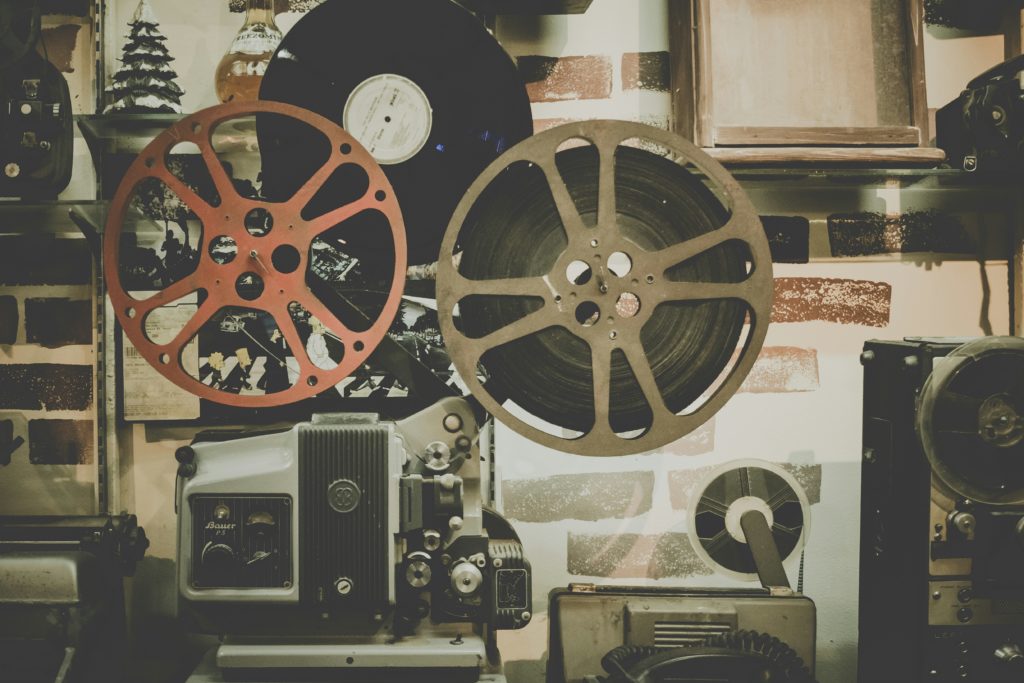
Answer: A) 1926
The original version was a silent film, but unfortunately it is considered lost, as there are no known copies still in existence. The film also reportedly took some liberties on the plot, with Daisy renouncing Gatsby for being a bootlegger and trying to confess to killing Myrtle. She also doesn’t find out about Gatsby’s death in this version as she and Tom leave town before he is killed. While we can’t watch the whole thing, we do still have the movie trailer for it, which you can watch below!
Question 10
True or False: The recently released musical of the same name had some legal struggles in the beginning of its run due to copyright issues
A) True
B) False
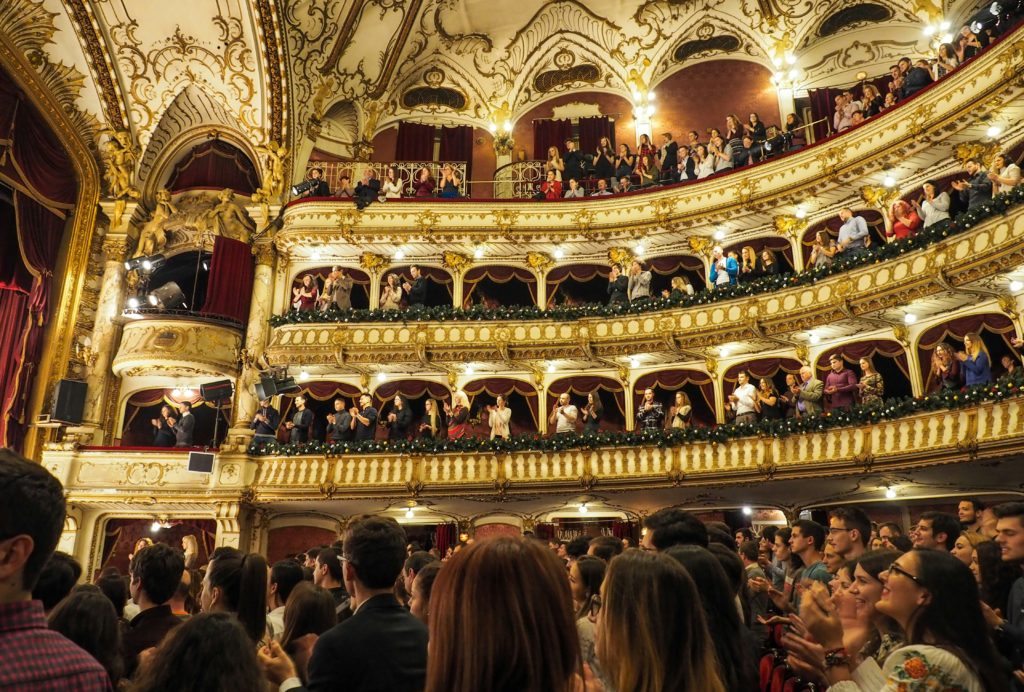
Answer: False!
As of 2021, The Great Gatsby became public domain. This means that new adaptations and creative interpretations can be created without as many restrictions. The Broadway musical is a huge example of this, and we are excited to see other takes on this classic story!
How did you do? Share your score or something interesting you learned below!


